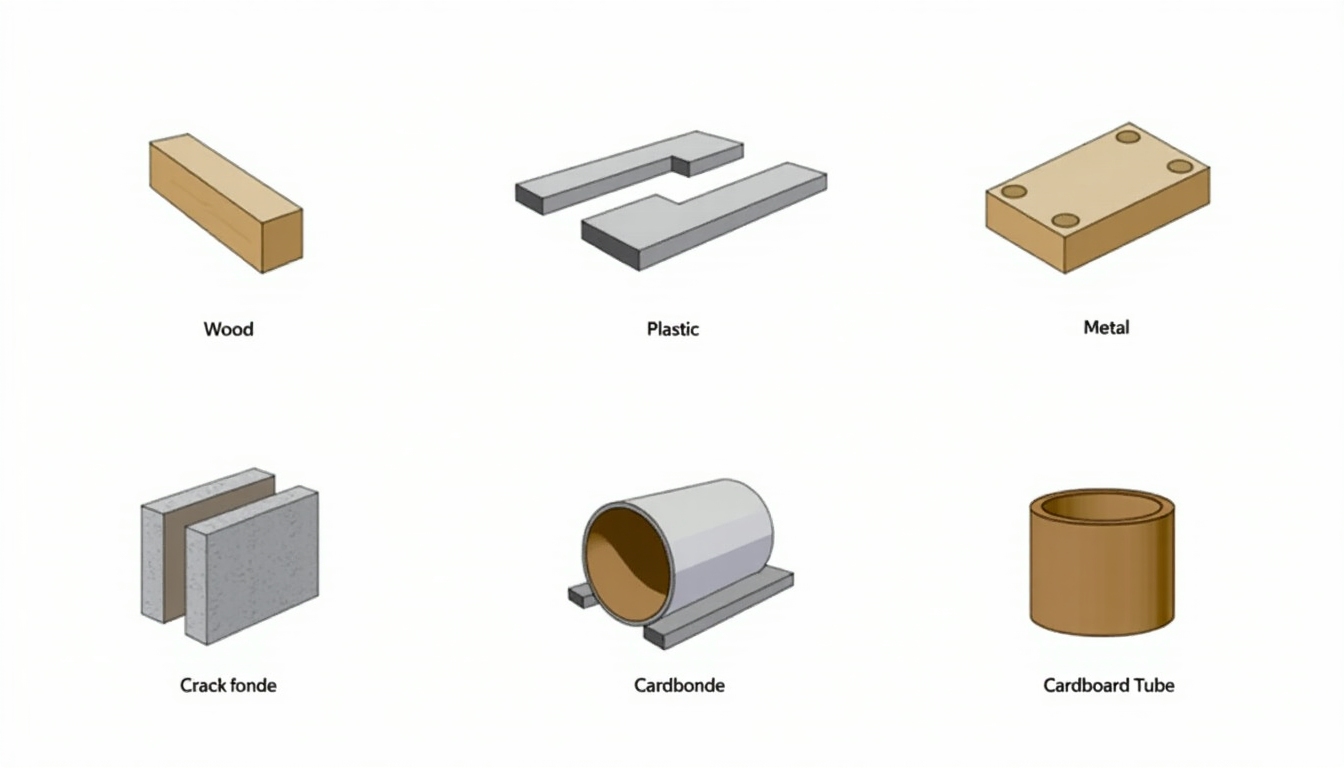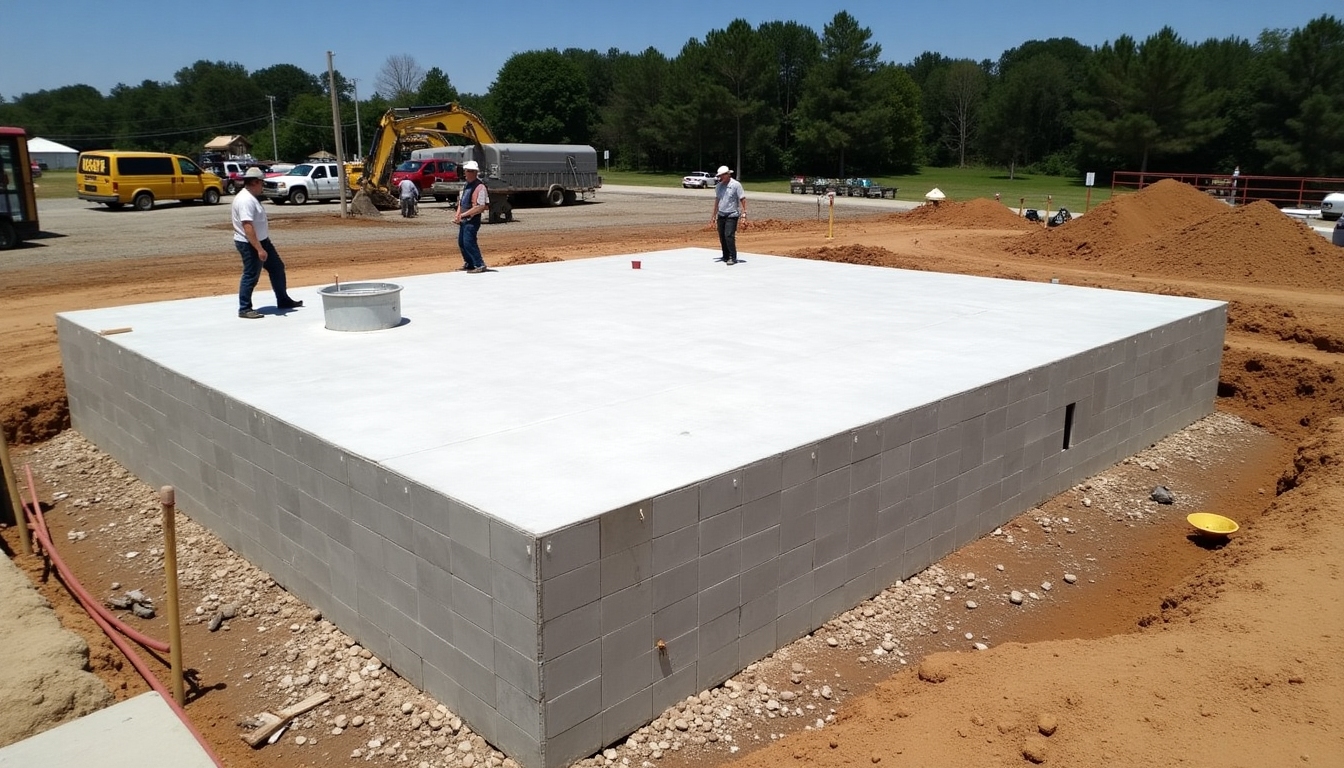The Essential Guide to Concrete Footing Forms and Templates
Understanding Concrete Footing Forms and Templates
Concrete footing forms and templates are essential components in any construction project that requires a strong, stable foundation. This article will guide you through everything you need to know about these crucial tools.

What Are Concrete Footing Forms and Templates?
Concrete footing forms and templates serve as molds that shape, support, and provide structure to footings during concrete pouring. These tools are crucial for ensuring the footings are of uniform shape and size, which simplifies the building process and ensures stability.
Types of Concrete Footing Forms and Templates
Concrete footing forms come in various types, and choosing the right one depends on your project’s needs:
- Wood Forms - Commonly used due to their versatility and ease of access. However, they may only be suitable for one-time use unless properly treated.
- Plastic Forms - Durable and reusable, making them cost-effective in the long run.
- Metal Forms - Known for their strength and durability, ideal for large-scale projects.
- Cardboard Tubes Forms - Perfect for cylindrical footings and can be left in the ground, reducing cleanup time.

Importance of Concrete Footings
Concrete footings are the most important part of any structure—it’s what holds the entirety of the load. Poorly made footings can lead to uneven settling or even structural failure. To ensure your footings hold up over time, proper planning and execution using accurate forms and templates are crucial.
Footing Calculation Basics
Calculating the size and amount of material for concrete footings is critical. Here’s a simplified step-by-step guide:
- Determine Load Requirements: Calculate the load your structure will bear to determine the depth and width of your footings.
- Soil Analysis: Understand the soil type to decide the depth.
- Footing Dimensions: Typically, footings should be twice as wide as the wall and extend below the frost line.
- Use of Forms: Use well-designed forms to maintain dimensions.

Personal Insights on Using Concrete Forms
In my experience, the efficiency of using prefabricated forms saves not just time but also reduces waste. Customized forms for unique projects can also be quickly sourced to match specific design needs.
Common Challenges
A common issue is misalignment during setup, which can lead to problematic dimensions once the concrete is set. Regularly checking levels and using a reliable measure tool can mitigate this risk.
Conclusion
Concrete footing forms and templates are invaluable for any construction project involving concrete footings. Adequate preparation and precise calculation ensure the longevity and stability of the structure.
Investing in quality forms benefits both timelines and budget, reducing errors and ensuring uniform footings. Always consider your project’s specific needs when choosing your forms.






